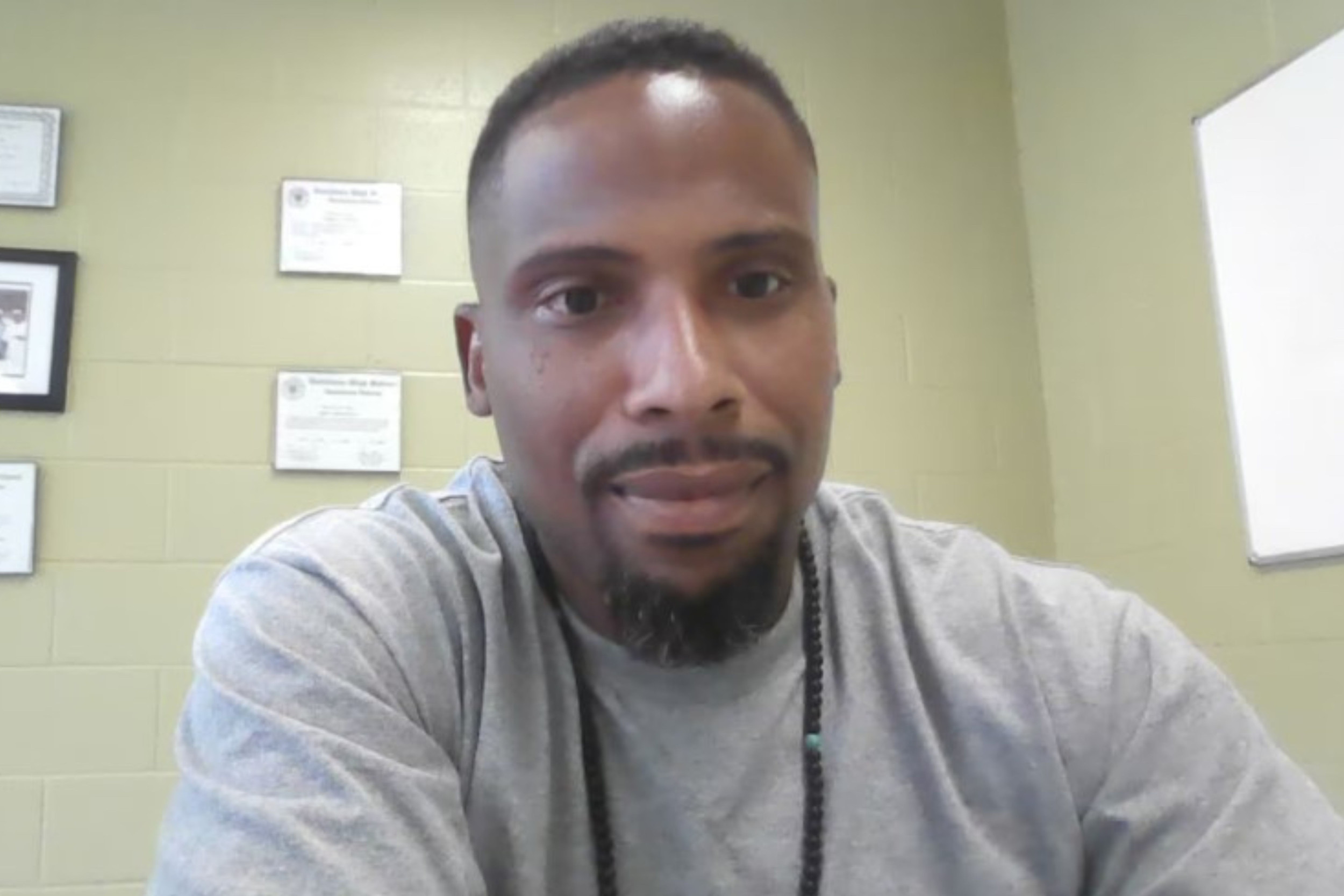Louisiana Executes Jessie Hoffman by Nitrogen Gas, First in 15 Years
Louisiana executed Jessie Hoffman using nitrogen gas, igniting debate over the method's validity and implications for religious freedoms.
Subscribe to unlock this story
We really don't like cutting you off, but you've reached your monthly limit. At just $5/month, subscriptions are how we keep this project going. Start your free 7-day trial today!
Get StartedHave an account? Sign in
Overview
In a historic move, Louisiana executed Jessie Hoffman Jr. using nitrogen gas, marking the state's first execution in 15 years. Despite Hoffman's claims that the method conflicted with his Buddhist practices, the Supreme Court declined to intervene in a 5-4 decision. Witnesses reported involuntary movements during the execution, which lasted 19 minutes. Hoffman was convicted of the 1996 murder of Mary 'Molly' Elliott. This execution follows Alabama's use of nitrogen hypoxia and comes amidst a growing national debate on the death penalty and execution methods as states struggle with drug shortages for lethal injections.
Report issue

Read both sides in 5 minutes each day
Analysis
- The Supreme Court voted 5-4 to allow the execution of Jessie Hoffman, with Justice Neil Gorsuch joining liberal justices in dissent on the grounds that his religious claims about nitrogen gas execution were not sufficiently reviewed by lower courts.
- Gorsuch expressed concern that the Fifth Circuit Court did not adequately address Hoffman's claims under the Religious Land Use and Institutionalized Persons Act (RLUIPA), which argues that the method of execution substantially burdens his Buddhist practices.
- Louisiana's execution was carried out using nitrogen hypoxia, a method criticized as untested, leading to debates regarding both its humanity and the legal implications of religious rights in execution cases.
Articles (7)
Center (4)
FAQ
History
- 8M

 3 articles
3 articles




